The Bakery Brain: Simplifying neural networks
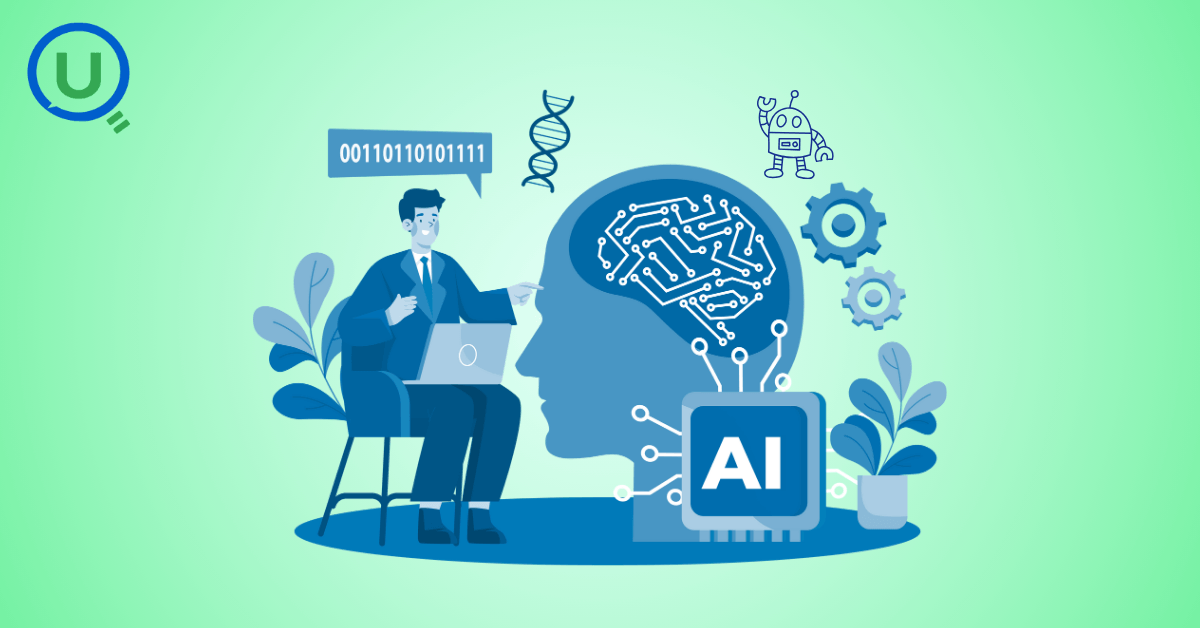
Ready to transform your data strategy with cutting-edge solutions?

Imagine you're in a bakery, and you're trying to teach a robot how to recognize different types of pastries. Now, this robot has no clue about pastries, but it's eager to learn.

So, you decide to build a mini bakery in the robot's brain using a neural network.

The bakery has little bakers called neurons, and each neuron has a very important job: to decide whether a pastry is a croissant or a donut.

To train the robot, you show it a bunch of pastries. You say, "Hey robot, this flaky one is a croissant, and this circular one is a donut." The robot's neurons start analyzing the pastries.
Now, imagine that each neuron has its baking specialty. Some are experts in analyzing the flakiness of pastries, while others excel in judging their roundness. Each neuron takes its assigned task seriously. But here's the twist: these bakers have a unique way of expressing their opinions. Instead of shouting out their judgments, they raise colorful flags based on the pastry's characteristics. To decide which flag to raise, each baker has an activation function, which determines the output based on the input it receives.
For example, a neuron that prefers flaky pastries might raise a yellow flag when it detects a high level of flakiness. Another neuron that enjoys circular pastries might raise a blue flag when it sees a perfectly round shape. Now, here's where things get interesting. The strength of the connection between bakers determines how much weight their flags carry in the decision-making process. Stronger connections mean the baker's opinion has more influence.
To adjust these connections, the bakers gather for a special "weights and biases" ceremony. They discuss and negotiate the importance of their flags, considering factors like their expertise and experience. Some bakers argue passionately for their preferred flag colors, while others compromise to reach a balanced decision.
The input layer of our bakery committee receives the initial data, which in our case is the characteristics of a pastry. Each neuron in the input layer takes a specific characteristic, like flakiness or roundness, and passes it to the hidden layers for further processing.
The hidden layers, represented by groups of bakers with interconnected flags, perform computations on the input data. They analyze the different characteristics, combine the information from multiple neurons, and start making sense of the pastry in question. The bakers in the hidden layers engage in lively discussions. They share their opinions, exchange insights, and collectively refine their understanding of the pastry. It's a dynamic process where the bakers collaborate and learn from each other to form a coherent decision

Finally, after much internal deliberation, the hidden layers arrive at their own collective decision. They pass this decision to the output layer, which consists of a select few seasoned bakers who have mastered the art of making final judgments.
Follow this link for a quick demo
After the weights and biases ceremony, the bakers step back and examine the decisions they made about the pastries. Sometimes, despite their best efforts, they realize that their flags didn't accurately represent the true nature of the pastries. They might have misjudged the flakiness or overlooked certain characteristics.
However, our bakers are not discouraged by their mistakes. Instead, they embrace them as opportunities to learn and improve their judgments. The bakers gather around a table covered in pastries. They study their flags and engage in discussions about what went wrong and how they can adjust their preferences to make better judgments.
During these feedback sessions, the bakers share their experiences and insights. They learn from one another, and collectively, they develop a deeper understanding of the nuances of pastry recognition. It's a collaborative process where the bakers challenge and inspire each other to refine their judgments.
This feedback loop is precisely what backpropagation is all about in the world of neural networks. Just like our bakers, neural networks use backpropagation to learn from their mistakes and improve their predictions. Additionally, to fine-tune the overall decision-making process, each neuron has a personal bias, like a secret ingredient. This bias allows them to shift their preferences (activation functions) and influence their output. It's their way of adding a pinch of individuality to the bakery committee's decision.
So, in our bakery, neurons are like specialized bakers who receive inputs, perform calculations based on their preferences (activation functions), raise flags representing their judgments, and adjust their weights and biases during the weights and biases ceremony.
Follow this link for a quick demo
Ready to Experience the Future of Data?
You Might Also Like
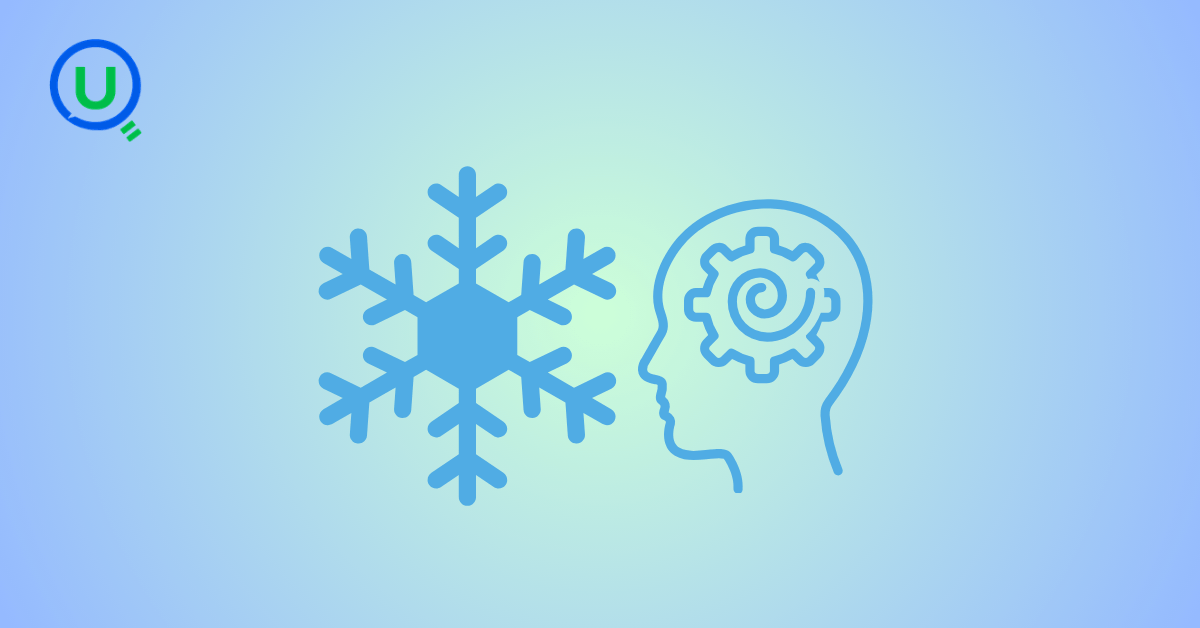
Snowflake recommends 100–250 MB files for optimal loading, but why? What happens when you load one large file versus splitting it into smaller chunks? I tested this with real data, and the results were surprising. Click to discover how this simple change can drastically improve loading performance.
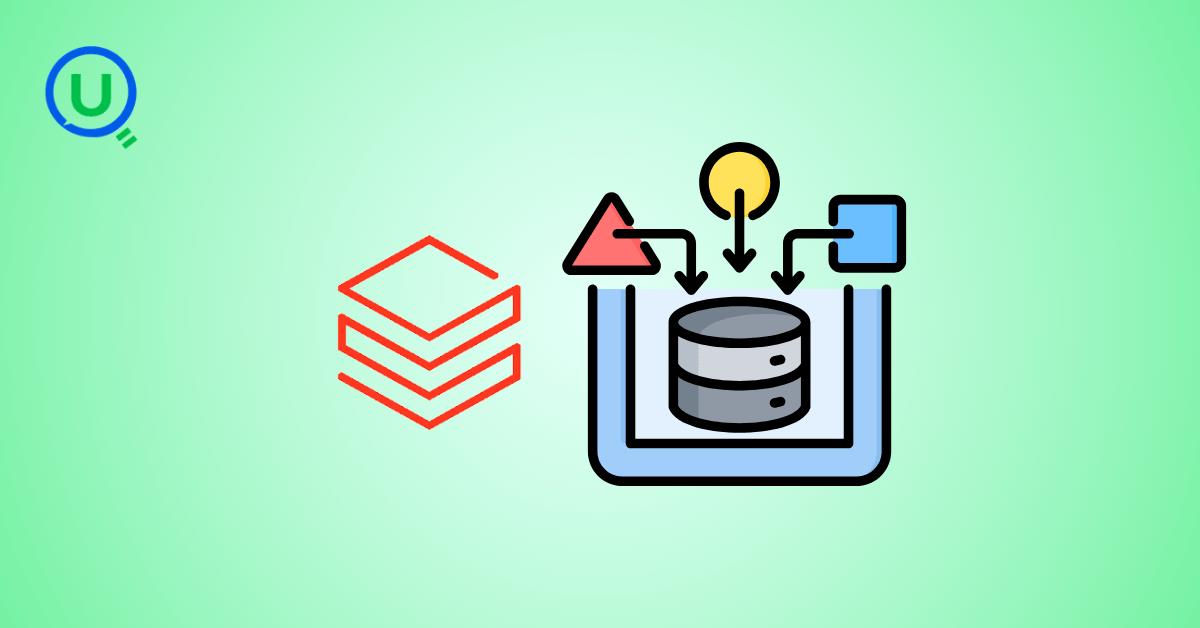
Master the bronze layer foundation of medallion architecture with COPY INTO - the command that handles incremental ingestion and schema evolution automatically. No more duplicate data, no more broken pipelines when new columns arrive. Your complete guide to production-ready raw data ingestion

Learn Git and GitHub step by step with this complete guide. From Git basics to branching, merging, push, pull, and resolving merge conflicts—this tutorial helps beginners and developers collaborate like pros.
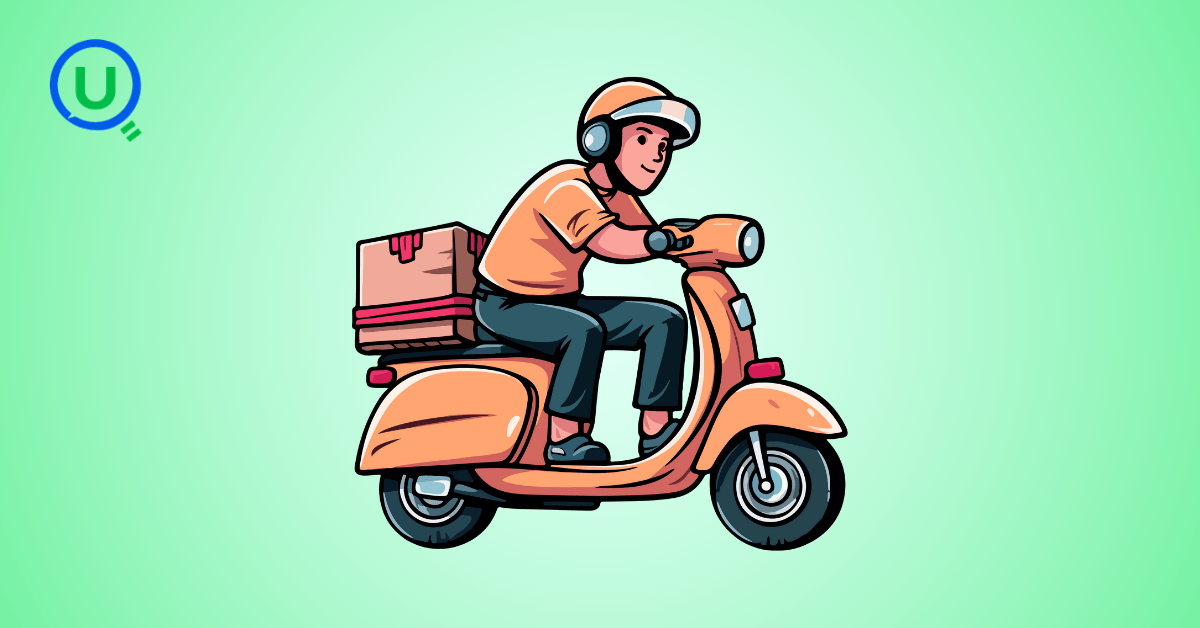
Discover how data management, governance, and security work together—just like your favorite food delivery app. Learn why these three pillars turn raw data into trusted insights, ensuring trust, compliance, and business growth.

A simple request to automate Google feedback forms turned into a technical adventure. From API roadblocks to a smart Google Apps Script pivot, discover how we built a seamless system that cut form creation time from 20 minutes to just 2.

Step-by-step journey of setting up end-to-end AKS monitoring with dashboards, alerts, workbooks, and real-world validations on Azure Kubernetes Service.
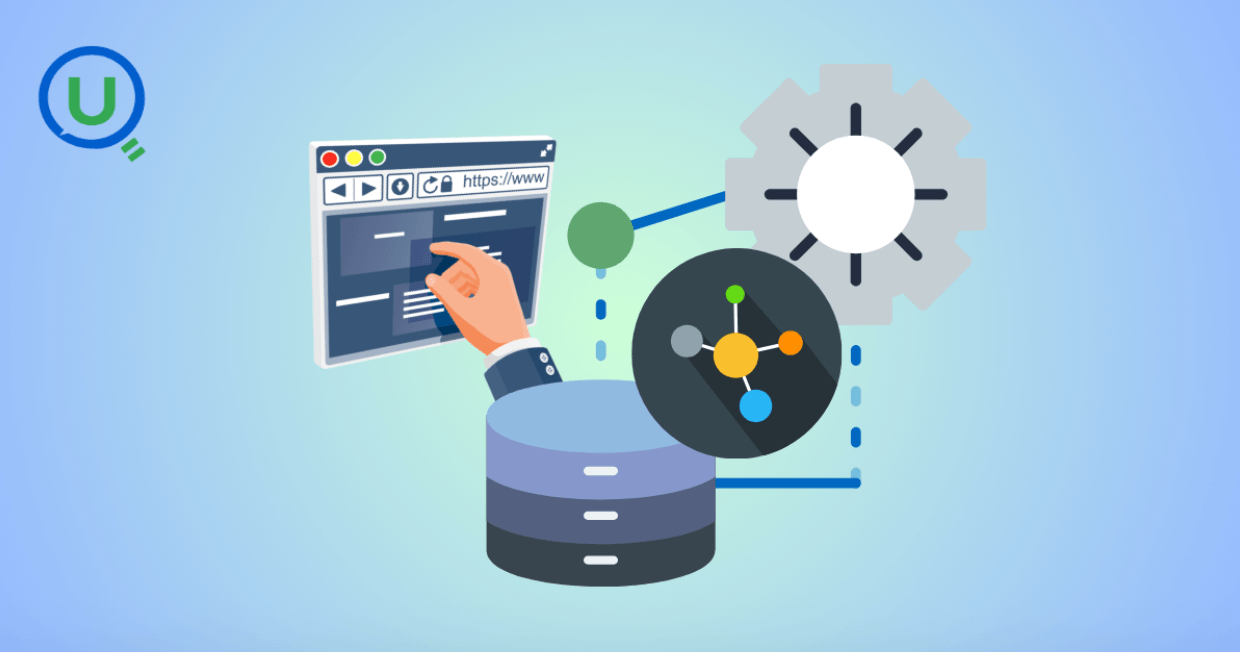
My learning experience tracing how an app works when browser is refreshed

This is the first in a five-part series detailing my experience implementing advanced data engineering solutions with Databricks on Google Cloud Platform. The series covers schema evolution, incremental loading, and orchestration of a robust ELT pipeline.
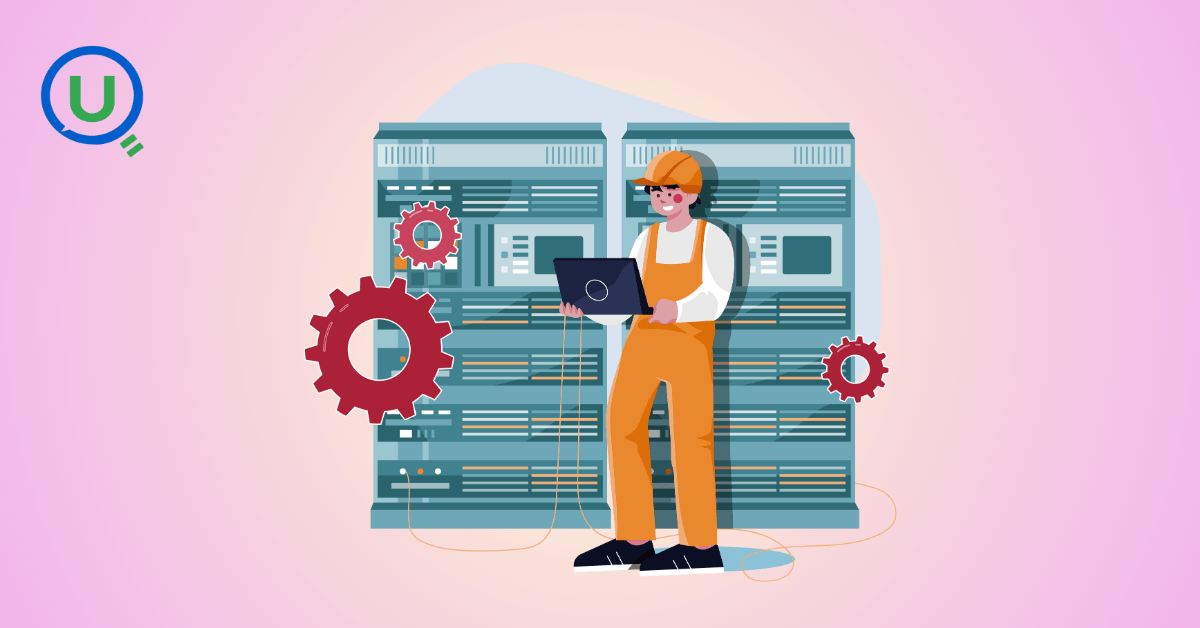
Discover the 7 major stages of the data engineering lifecycle, from data collection to storage and analysis. Learn the key processes, tools, and best practices that ensure a seamless and efficient data flow, supporting scalable and reliable data systems.
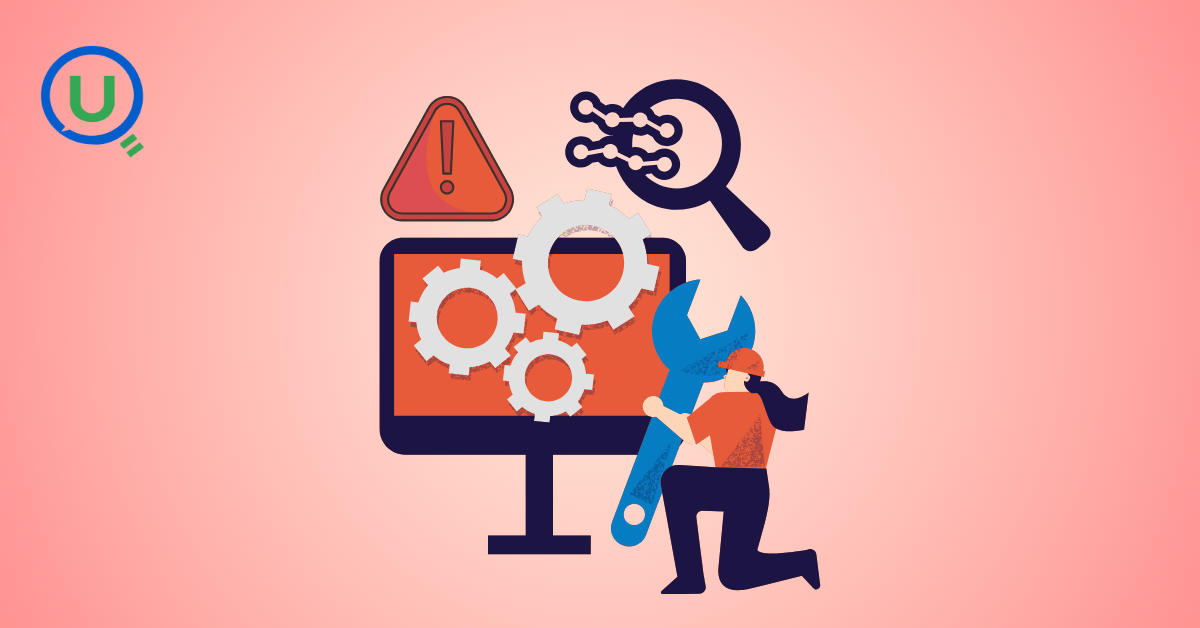
This blog is troubleshooting adventure which navigates networking quirks, uncovers why cluster couldn’t reach PyPI, and find the real fix—without starting from scratch.
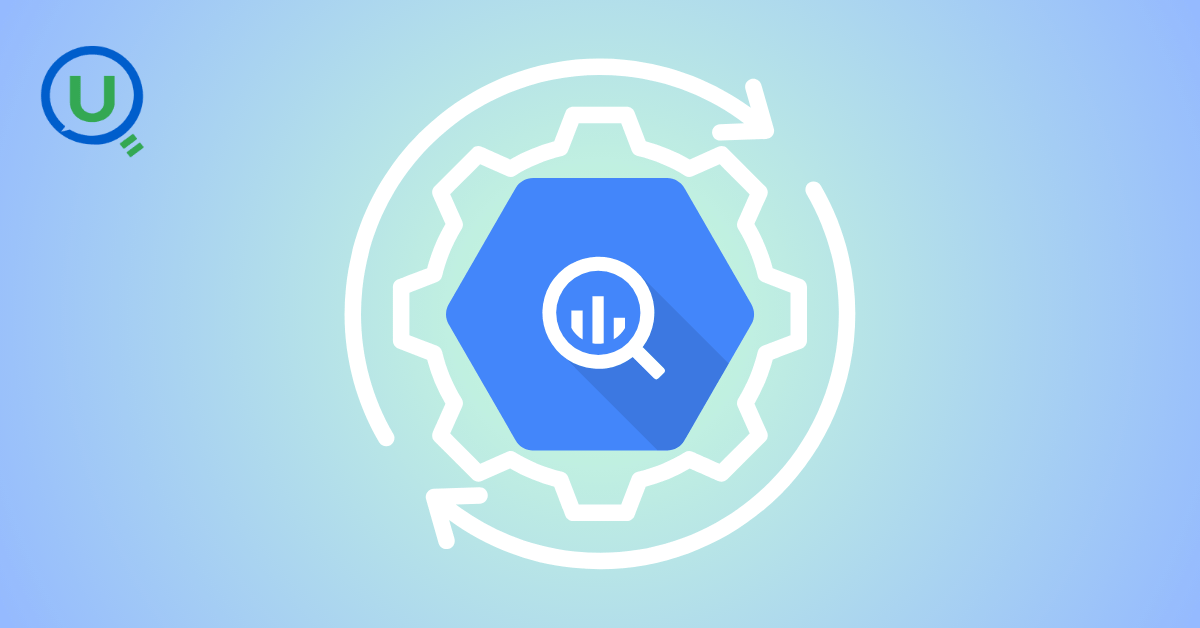
Explore query scanning can be optimized from 9.78 MB down to just 3.95 MB using table partitioning. And how to use partitioning, how to decide the right strategy, and the impact it can have on performance and costs.

Dive deeper into query design, optimization techniques, and practical takeaways for BigQuery users.
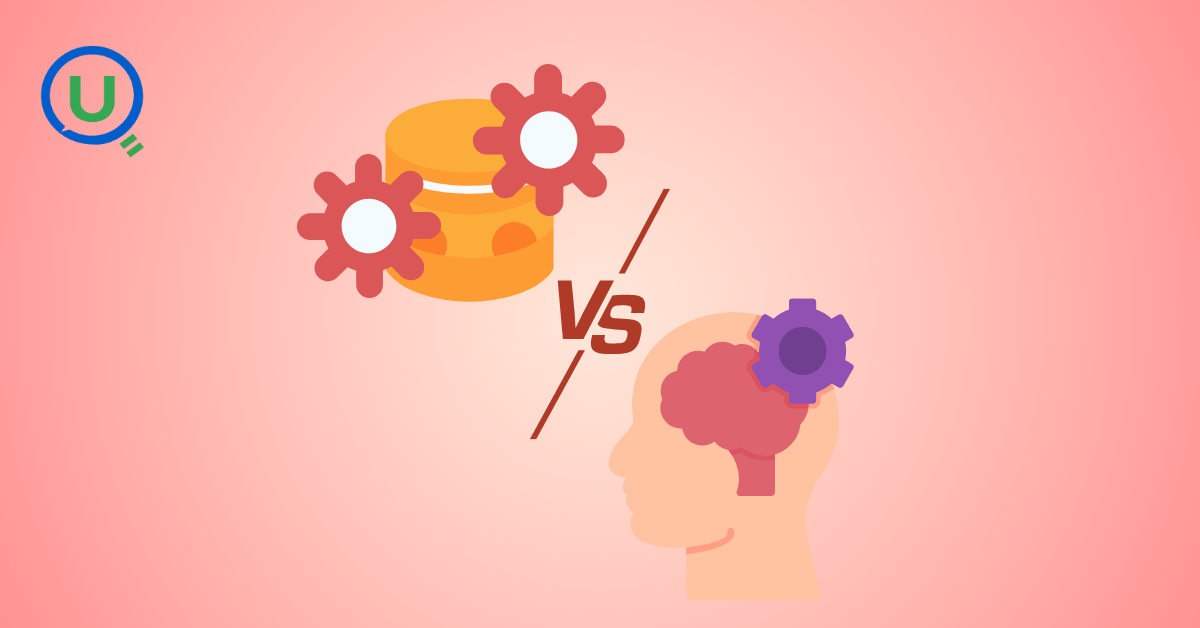
Wondering when to use a stored procedure vs. a function in SQL? This blog simplifies the differences and helps you choose the right tool for efficient database management and optimized queries.
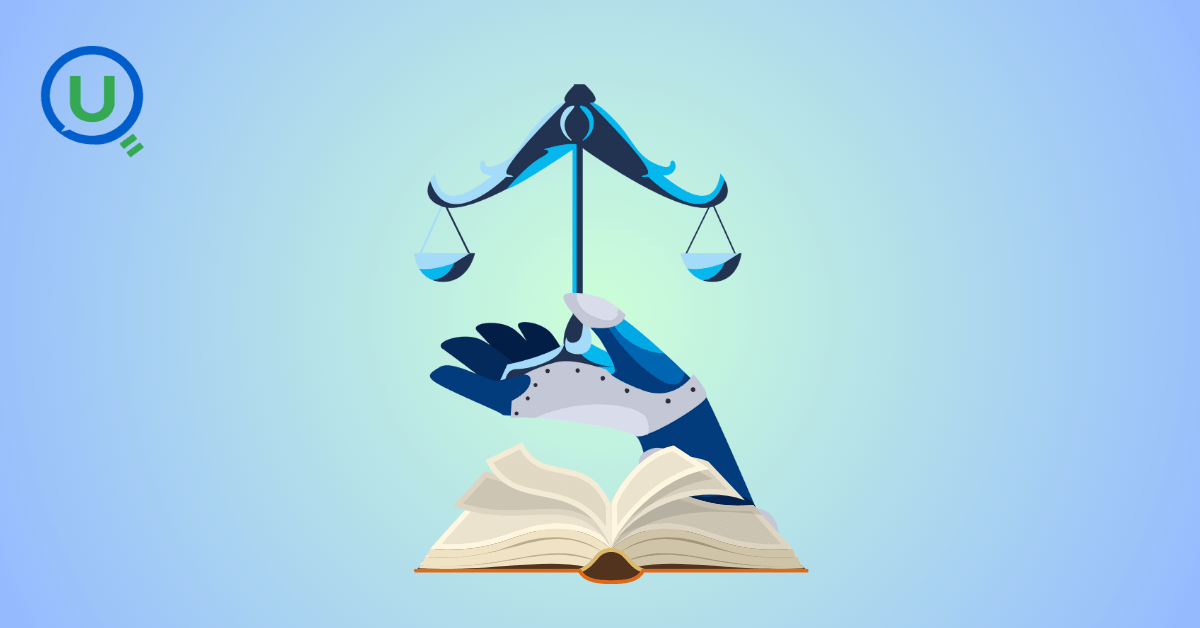
This blog talks about the Power Law statistical distribution and how it explains content virality

Discover how BigQuery Omni and BigLake break down data silos, enabling seamless multi-cloud analytics and cost-efficient insights without data movement.
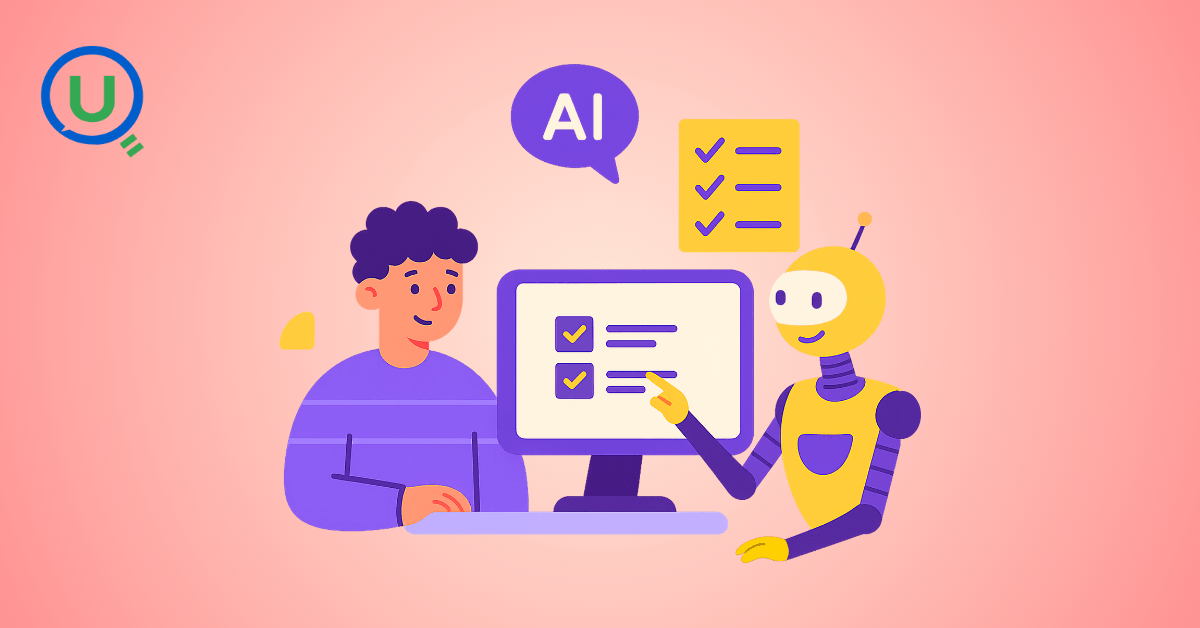
In this article we'll build a motivation towards learning computer vision by solving a real world problem by hand along with assistance with chatGPT
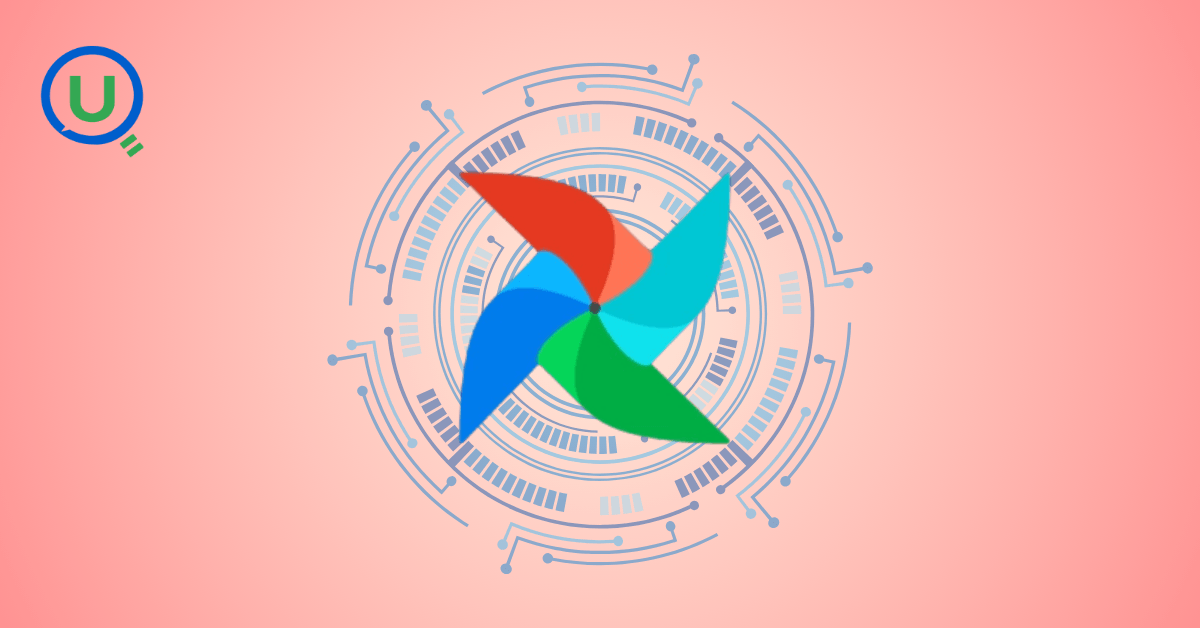
This blog explains how Apache Airflow orchestrates tasks like a conductor leading an orchestra, ensuring smooth and efficient workflow management. Using a fun Romeo and Juliet analogy, it shows how Airflow handles timing, dependencies, and errors.

The blog underscores how snapshots and Point-in-Time Restore (PITR) are essential for data protection, offering a universal, cost-effective solution with applications in disaster recovery, testing, and compliance.
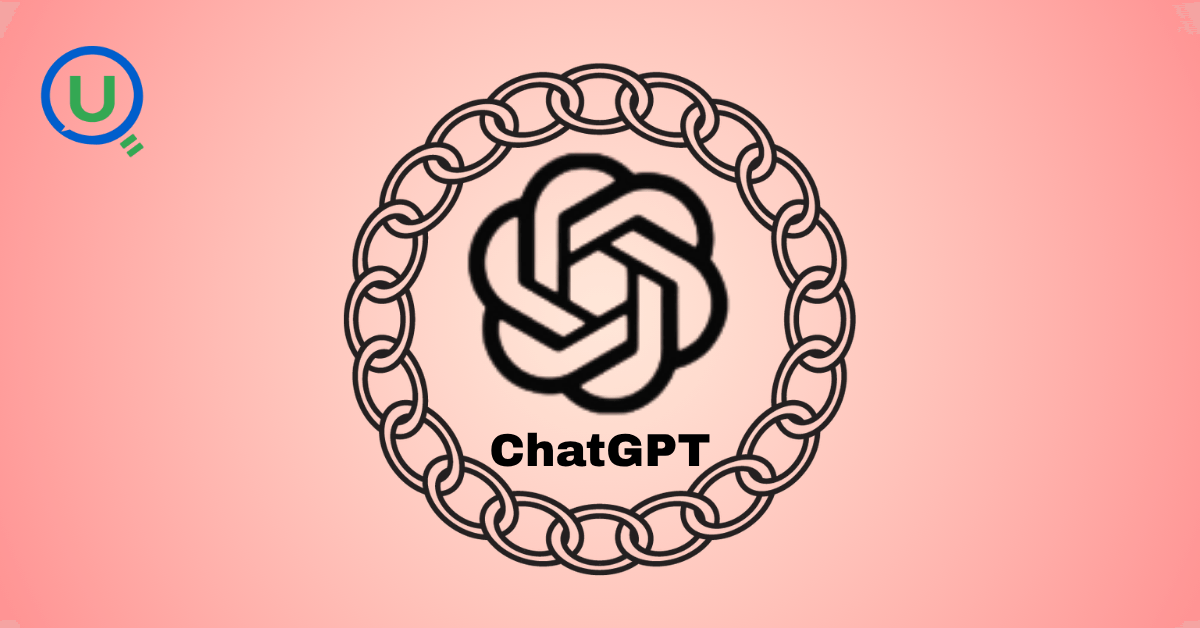
The blog contains the journey of ChatGPT, and what are the limitations of ChatGPT, due to which Langchain came into the picture to overcome the limitations and help us to create applications that can solve our real-time queries

This blog simplifies the complex world of data management by exploring two pivotal concepts: Data Lakes and Data Warehouses.

An account of experience gained by Enqurious team as a result of guiding our key clients in achieving a 100% success rate at certifications

demystifying the concepts of IaaS, PaaS, and SaaS with Microsoft Azure examples

Discover how Azure Data Factory serves as the ultimate tool for data professionals, simplifying and automating data processes
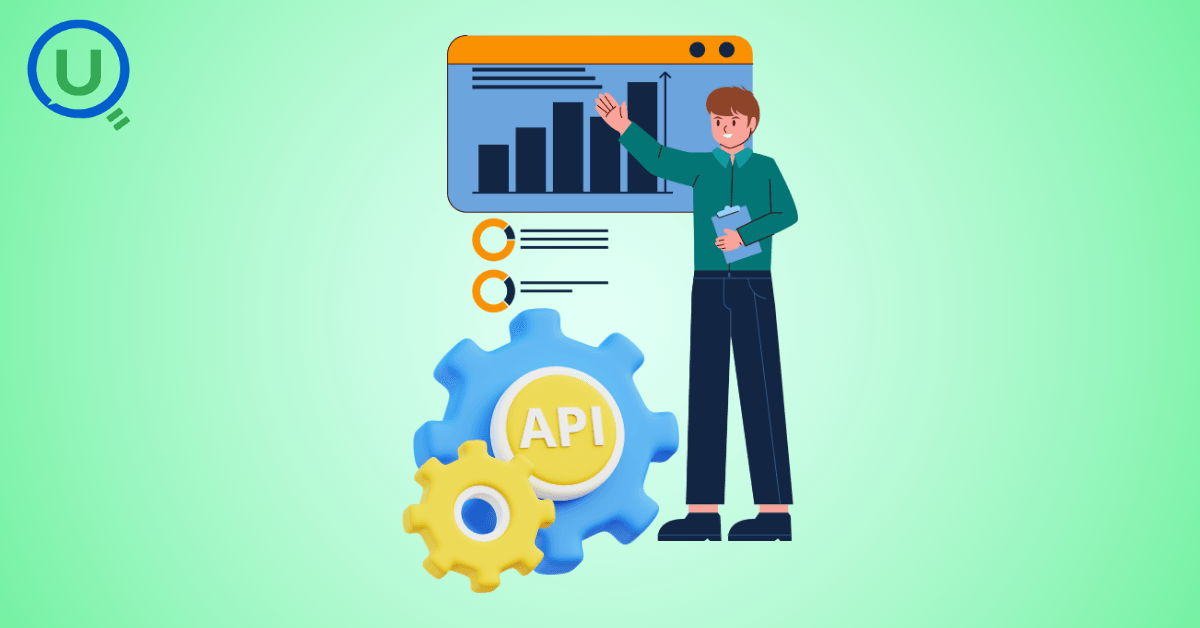
Revolutionizing e-commerce with Azure Cosmos DB, enhancing data management, personalizing recommendations, real-time responsiveness, and gaining valuable insights.
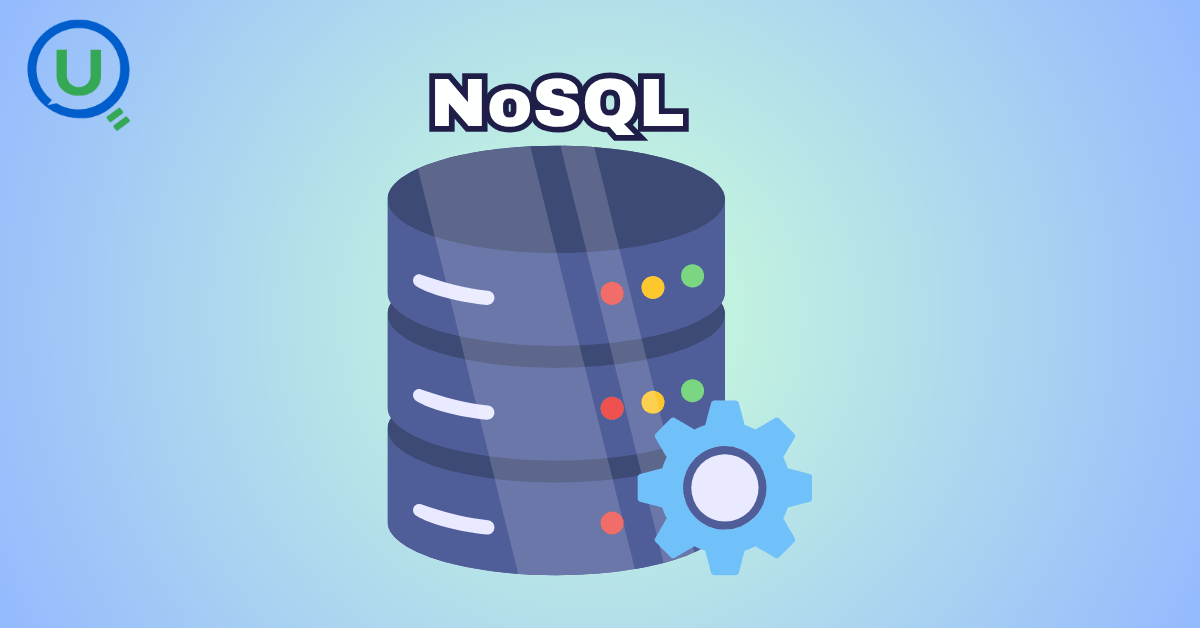
Highlights the benefits and applications of various NoSQL database types, illustrating how they have revolutionized data management for modern businesses.
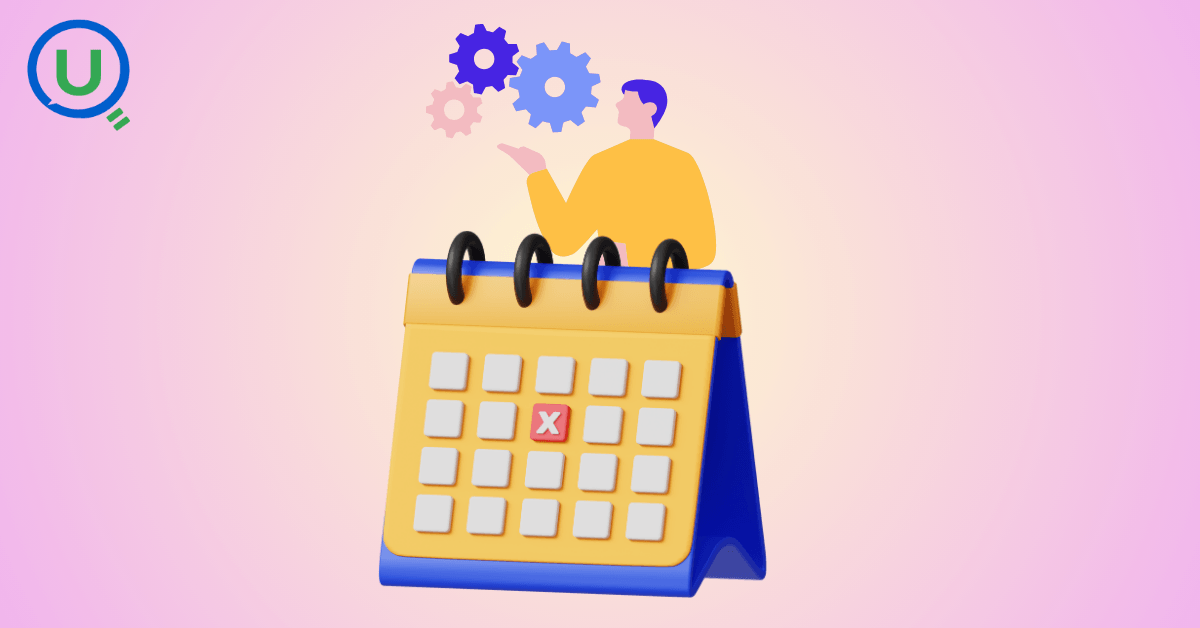
This blog delves into the capabilities of Calendar Events Automation using App Script.
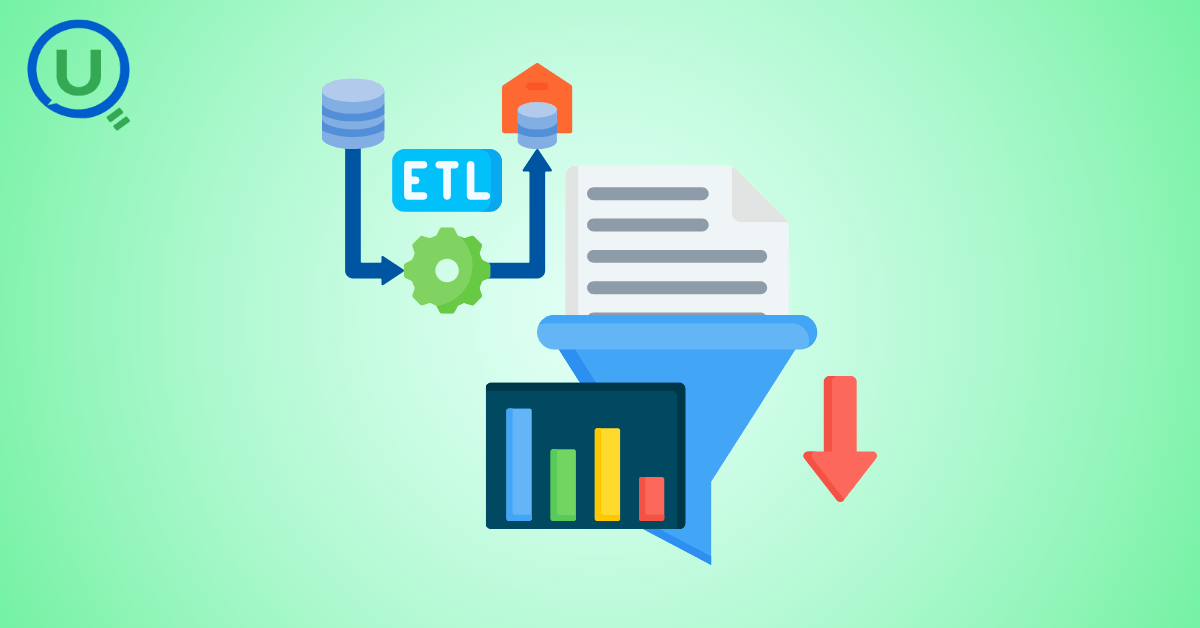
Dive into the fundamental concepts and phases of ETL, learning how to extract valuable data, transform it into actionable insights, and load it seamlessly into your systems.
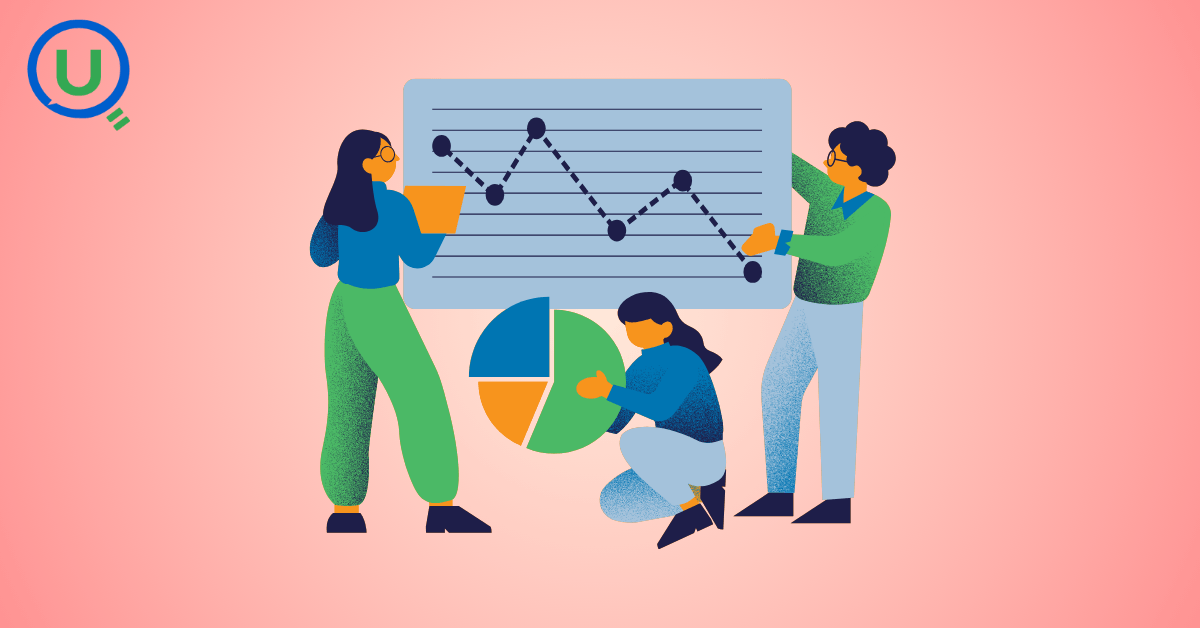
An easy to follow guide prepared based on our experience with upskilling thousands of learners in Data Literacy

Streamlining Storage Management for E-commerce Business by exploring Flat vs. Hierarchical Systems
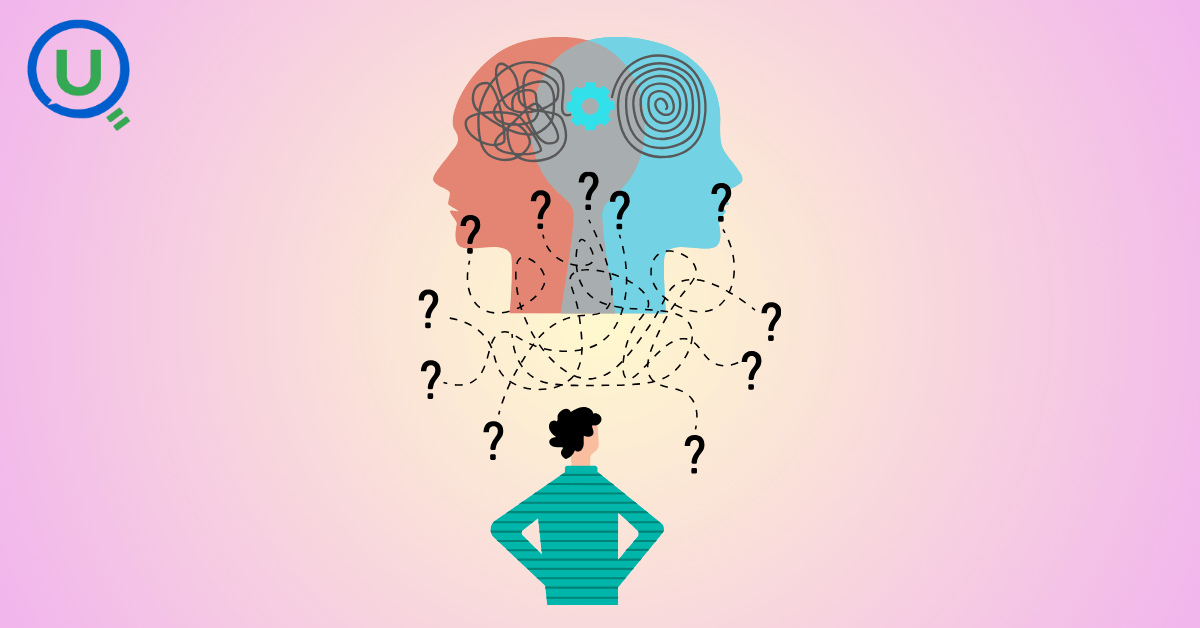
Figuring out how Cloud help reduce the Total Cost of Ownership of the IT infrastructure

Understand the circumstances which force organizations to start thinking about migration their business to cloud
